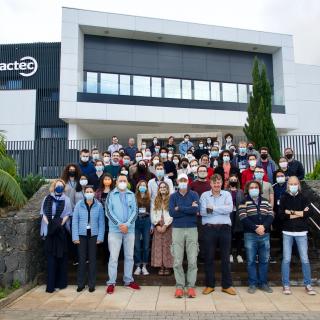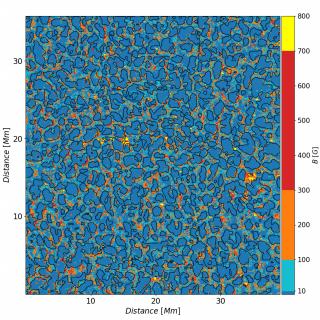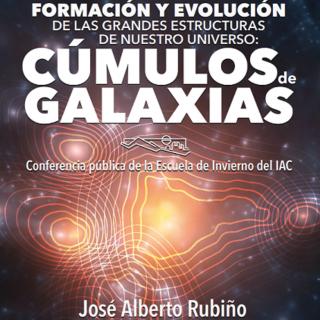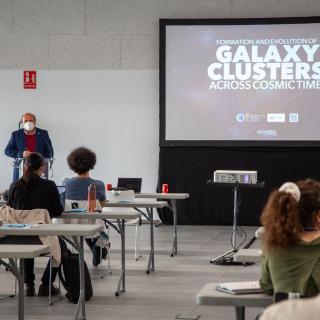
65 doctoral students and postgraduate researchers from 15 different countries participated, for 9 days, in the XXXII Canary Islands Winter School of Astrophysics, which this year was focused on clusters of galaxies, the largest gravitationally bound structures that we can observe in the Universe. Of the full complement of students, 55 were present at the school, while the other 10 followed the course on internet. As well as being one fo the first astrophysics meetings celebrated internationally with students present, this edition of the IAC Winter School was noteworthy for the highest
Advertised on




